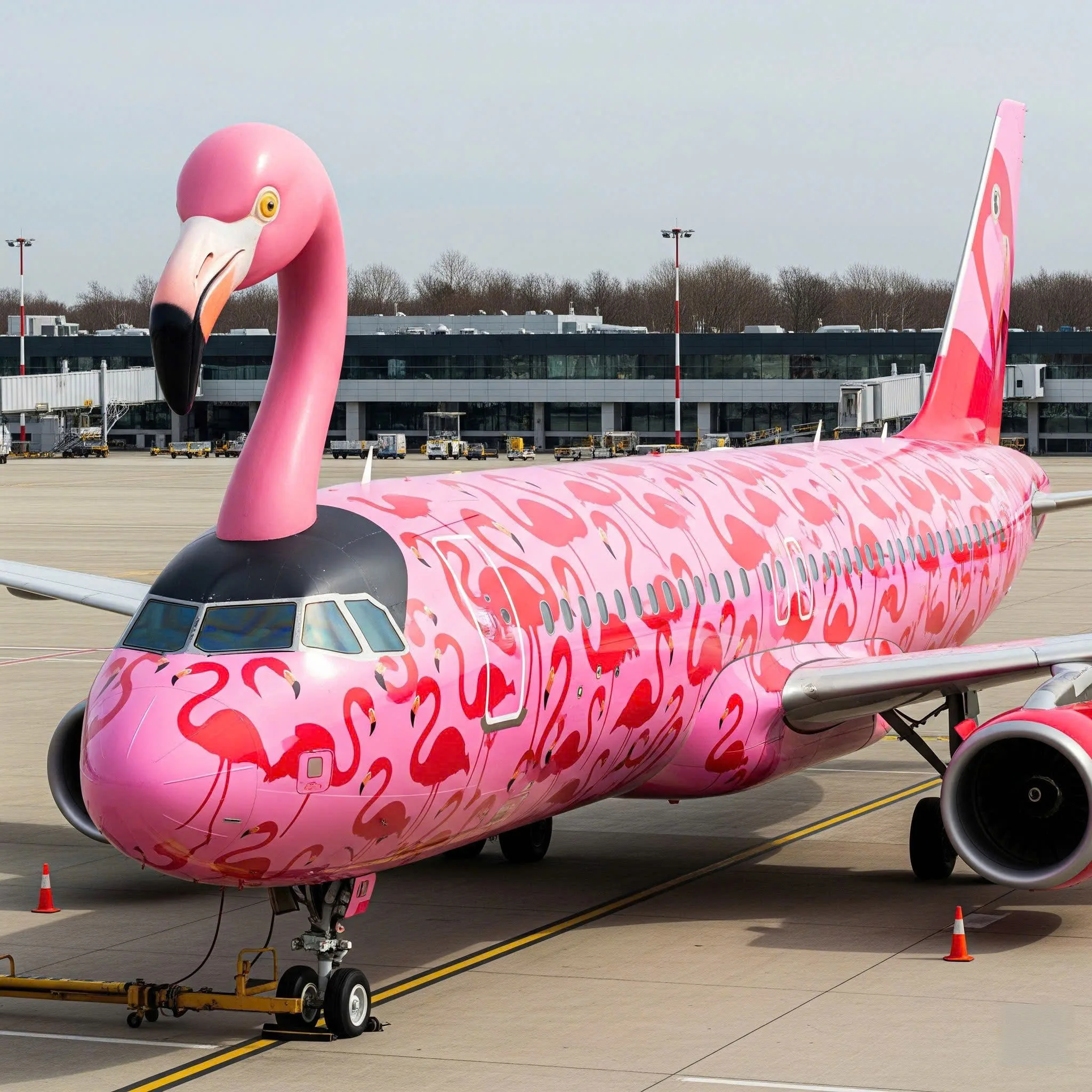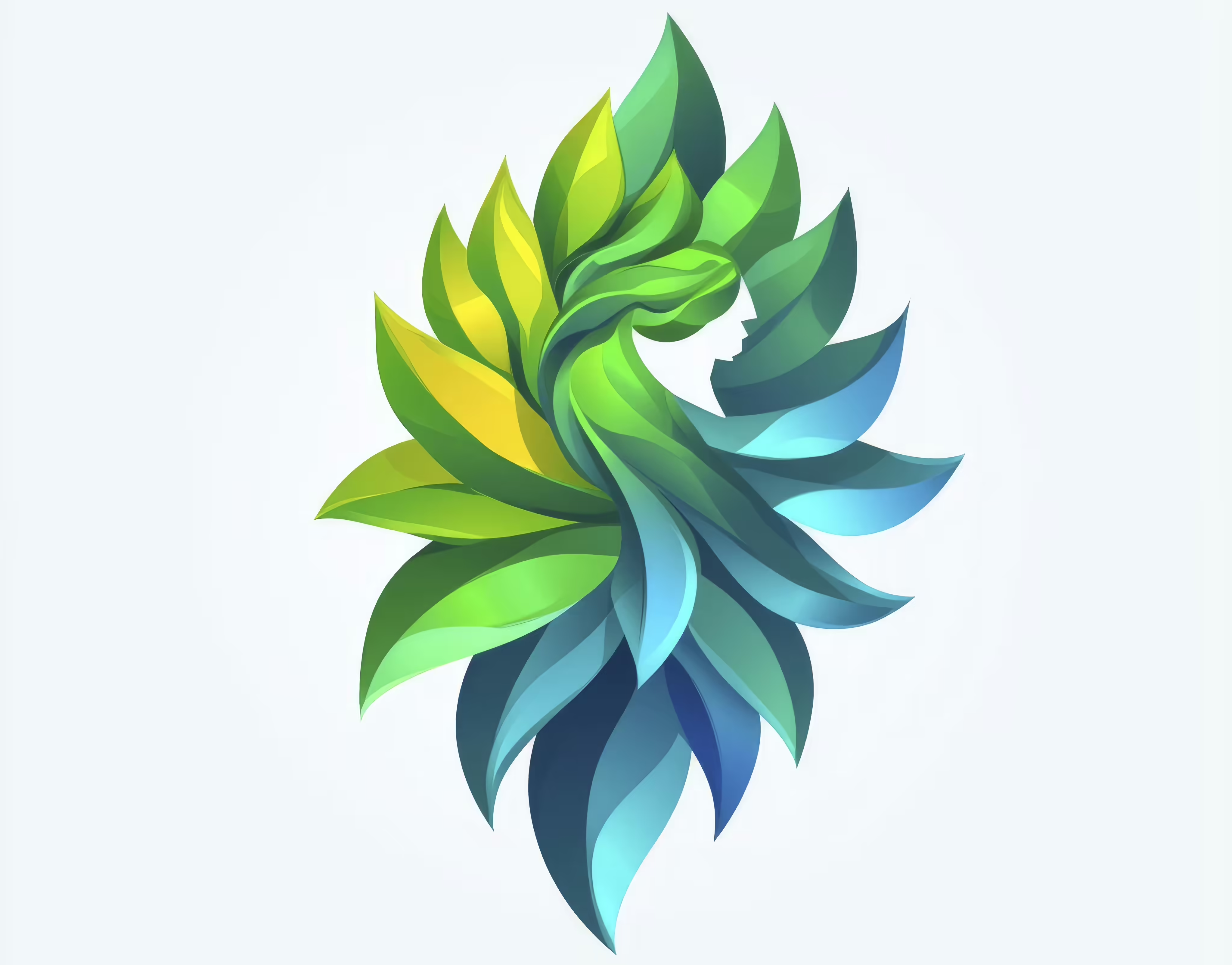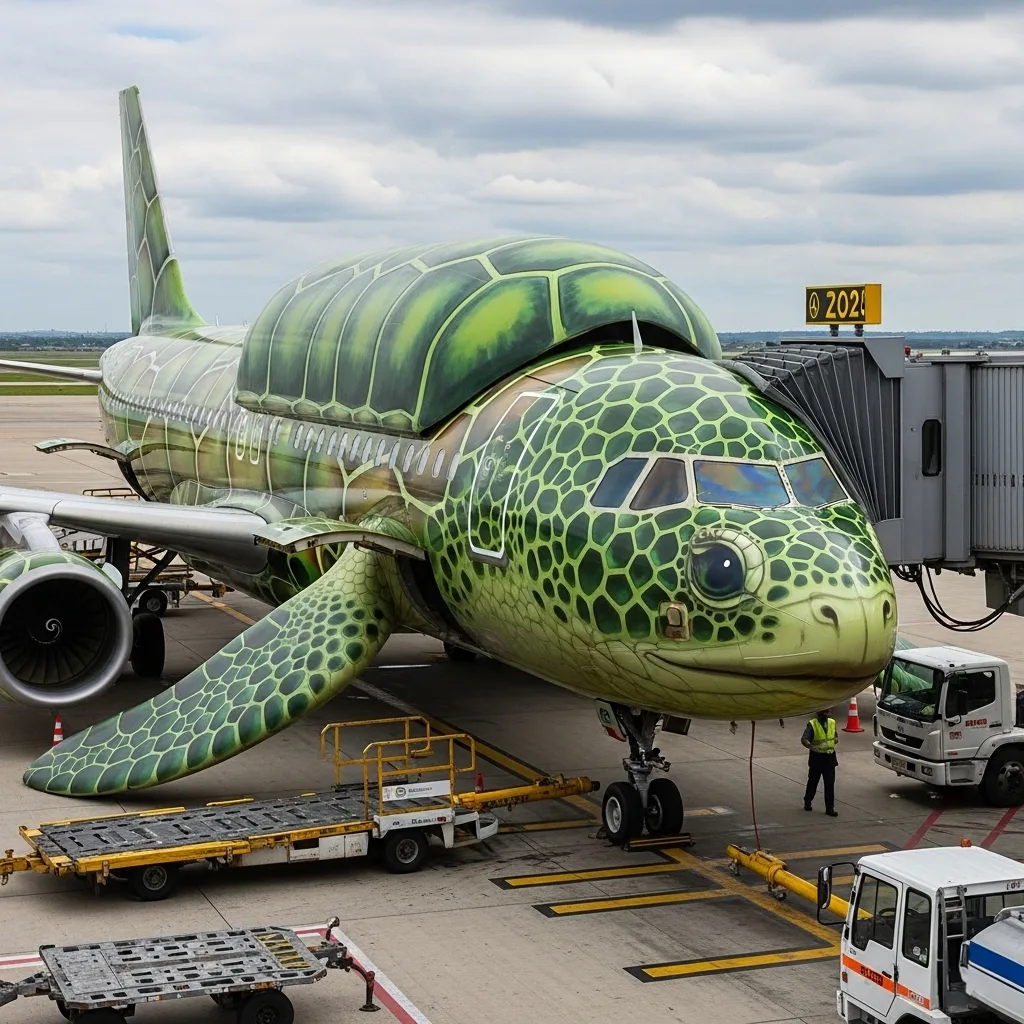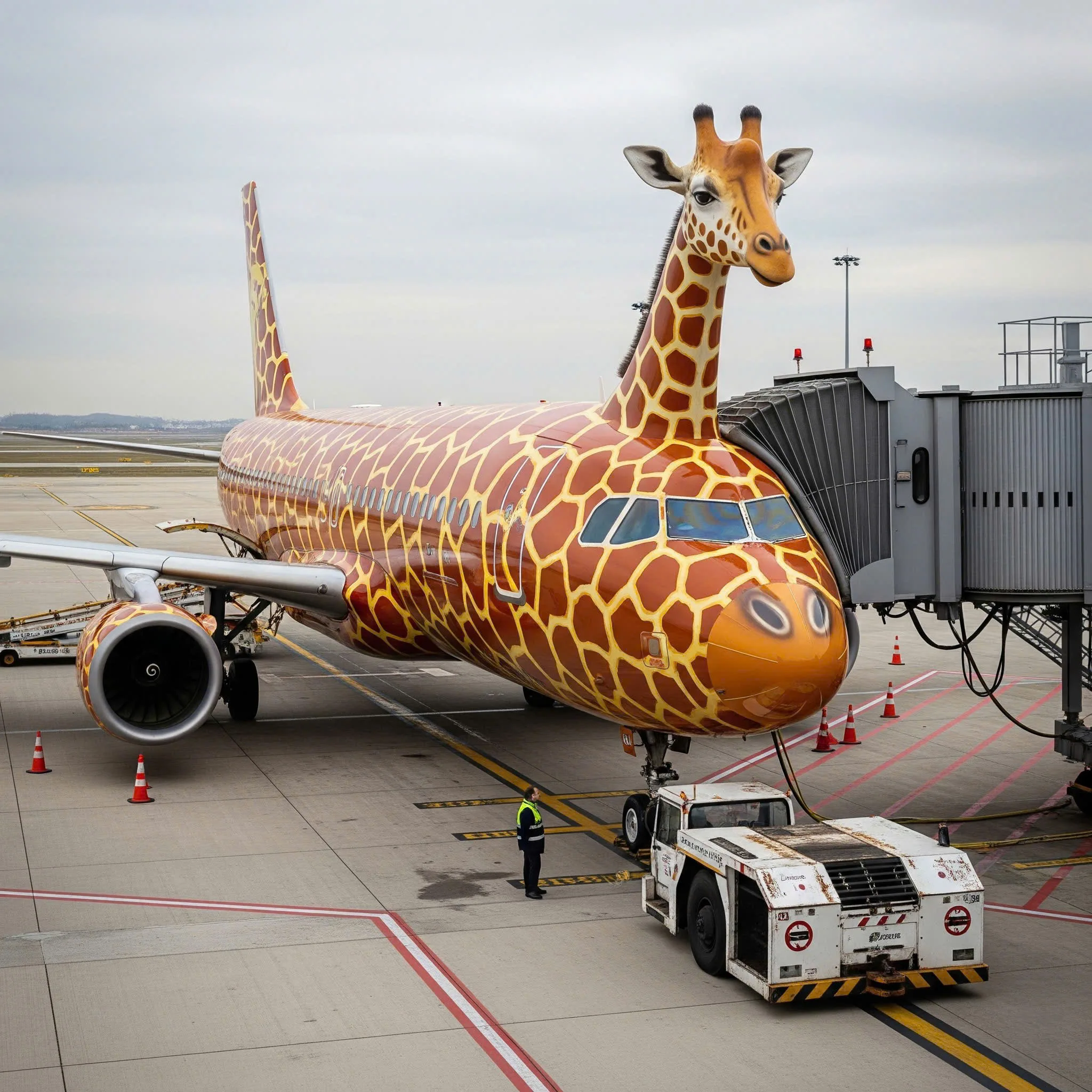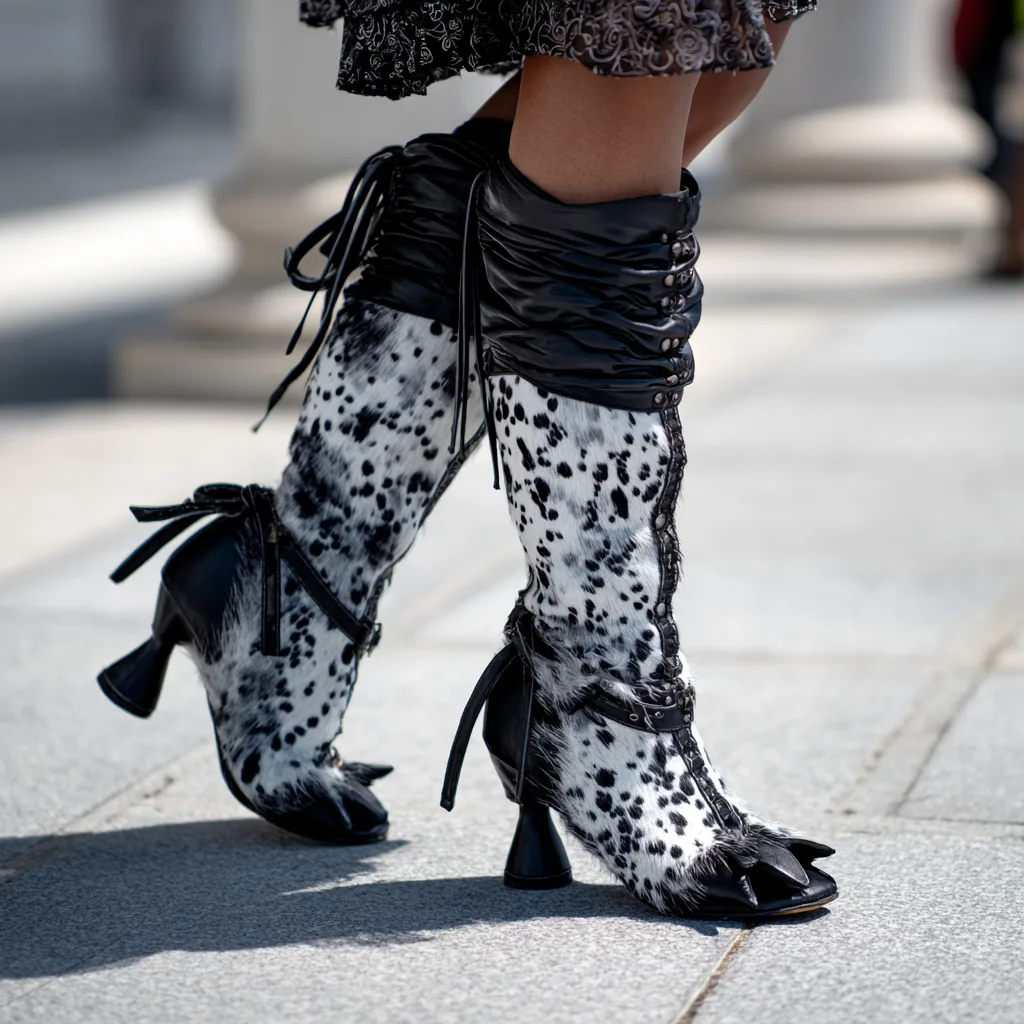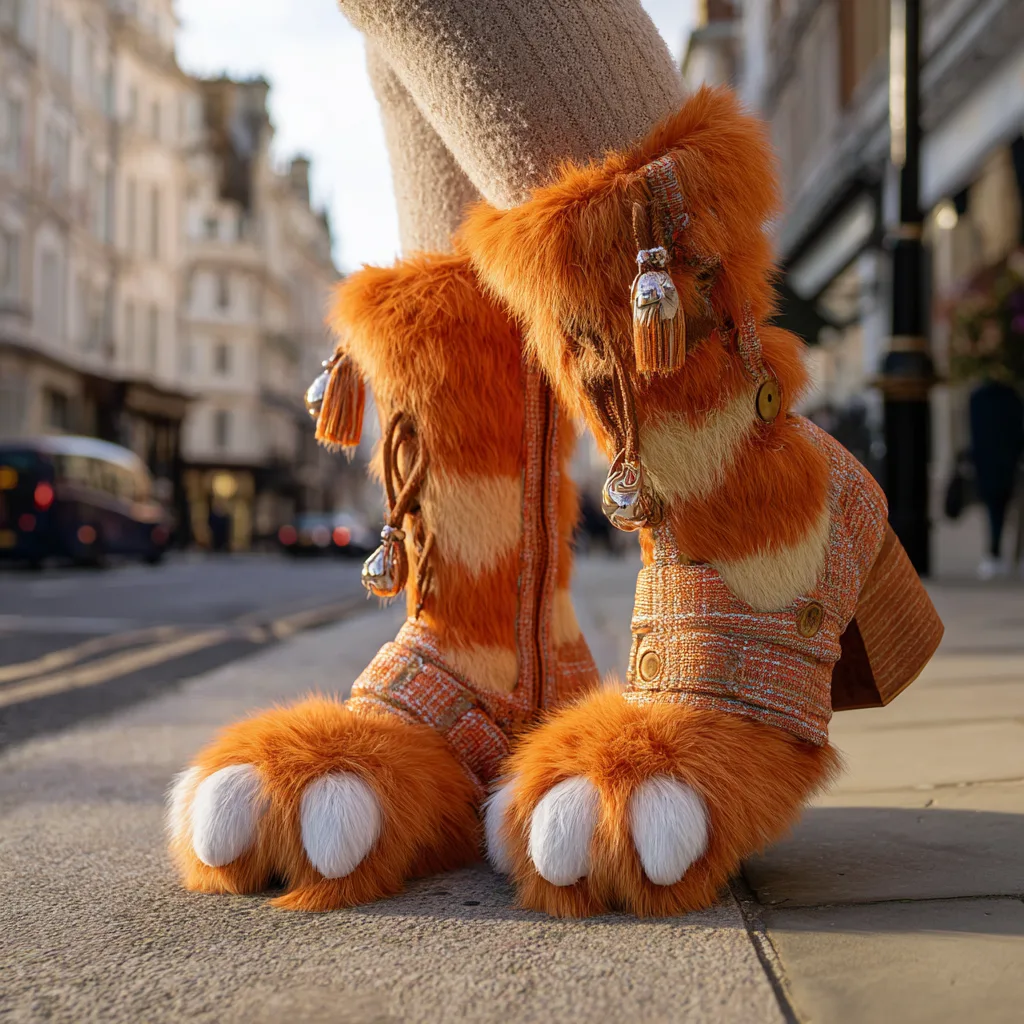Contents
Taking Flight with Wild Design
In the world of aviation, engineering and aerodynamics typically take center stage—but what happens when imagination runs free? Animal-shaped jets represent a spectacular fusion of mechanical innovation and biological inspiration, capturing the essence of nature in airborne form. These extraordinary aircraft are not just vehicles—they’re airborne sculptures, blending the power of flight with the aesthetic charm of animals from land, sea, and sky. Whether used for entertainment, education, military intimidation, or pure artistic expression, animal-shaped jets take the concept of flight to bold and unconventional new heights.
The Inspiration Behind Animal-Shaped Aircraft
From the earliest days of human flight, designers have looked to the natural world for guidance. Birds, bats, and insects provided critical insights into wing structure, lift, and flight behavior. Animal-shaped jets extend this tradition, but with a creative twist: instead of merely borrowing biological function, they borrow biological form.
- Biomimicry: Many aviation advancements—like wing flaps and streamlined fuselages—were inspired by birds or fish. Animal-shaped jets simply exaggerate those forms into full thematic designs.
- Cultural Symbolism: Different animals represent power, speed, grace, or cunning in various cultures. Designing jets to resemble animals taps into this symbolism.
- Spectacle and Storytelling: Animal-shaped aircraft tell stories—whether evoking dragons, eagles, sharks, or insects—and these narratives enhance their emotional impact.
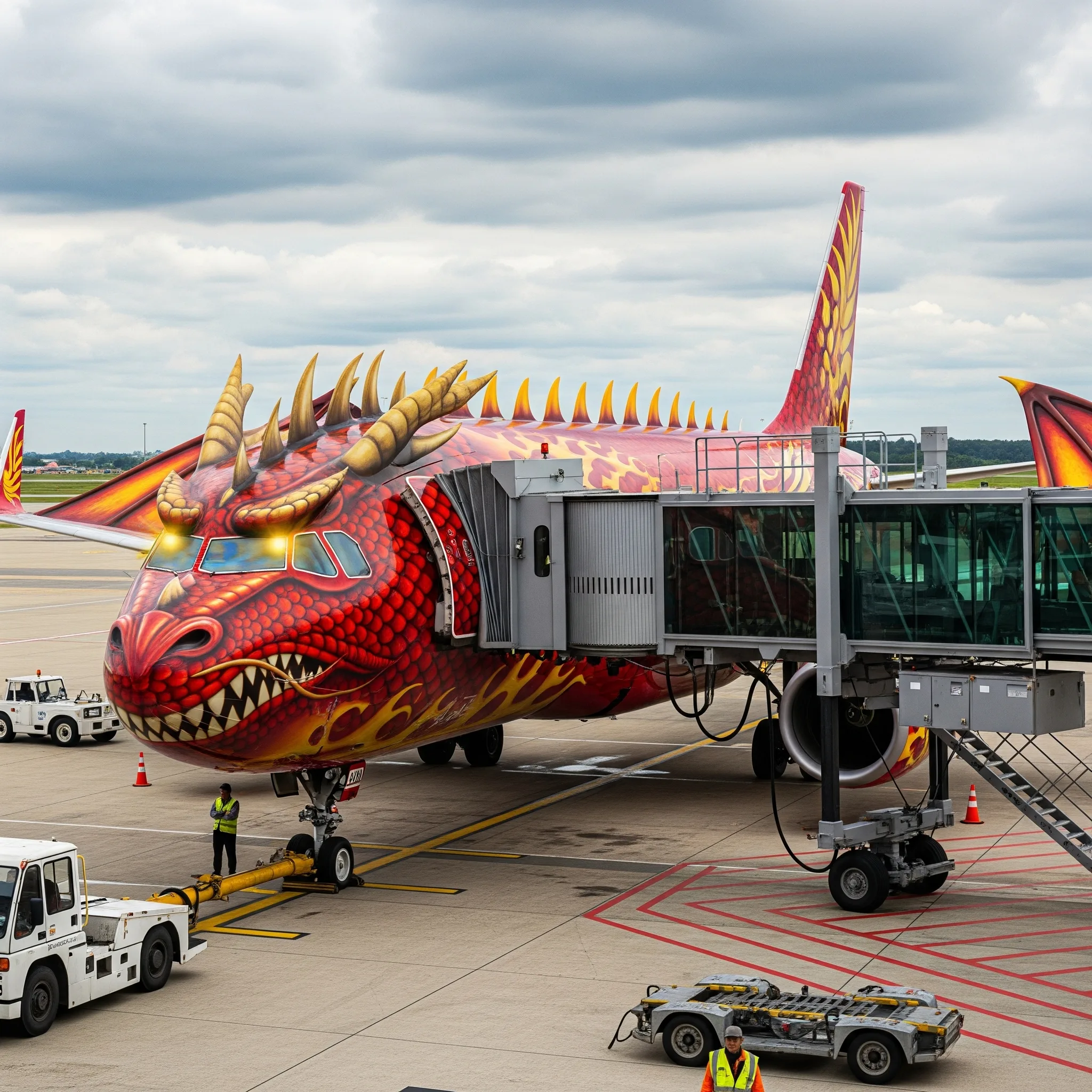
This blending of science, nature, and art makes them unforgettable in both form and function.
Notable Examples of Animal-Shaped Jets
While full-scale animal-shaped jets are rare and often concept-based or custom builds, several projects and prototypes have pushed the limits of aviation design.
- Shark Jets: Some fighter jets have been painted or modified to resemble sharks, complete with gaping mouths and fin-shaped extensions, to intimidate or entertain.
- Bird-Inspired Aircraft: Several experimental planes, such as those from bio-aerodynamics research teams, mimic the body shape of falcons or swallows.
- Dragon Jets: In themed exhibitions or military pageants, jets are occasionally outfitted with stylized fins, horns, and painted scales to evoke dragons.
- Beetle or Insect-Themed Concepts: Concept designers have explored exoskeleton-style jets with beetle-like shells or wing pods inspired by insect anatomy.
- Dolphin-Inspired Water Jets: Some luxury aquatic jets or high-speed sea-planes have been sculpted with smooth, dolphin-like contours for both aesthetics and hydrodynamics.
Each design tells a different story and serves a different purpose—whether artistic, functional, or theatrical.
Functional and Artistic Design Considerations
Designing a jet that resembles an animal while still flying safely and efficiently presents a unique set of engineering and artistic challenges.
- Aerodynamic Balance: Animal shapes can add drag or affect lift, so each curve, fin, or projection must be carefully engineered.
- Weight Distribution: Adding stylistic appendages (like ears, horns, or tails) must be balanced to avoid disrupting flight stability.
- Material Choices: Lightweight composite materials and advanced carbon fiber are often used for decorative components.
- Paint and Texture: Realism is often achieved through high-definition airbrushing, holographic finishes, or 3D texturing techniques.
- Cockpit Integration: The design must not obscure visibility or accessibility, which often leads to clever blending of organic and mechanical shapes.

The final result is a vehicle that is both an aviation achievement and an aesthetic marvel.
Military and Psychological Uses
Animal-shaped jets aren’t only for show—they can have strategic or psychological value, especially in military contexts.
- Intimidation Factor: A jet shaped or painted like a predator—say a tiger or dragon—can psychologically unnerve opponents.
- Cultural Messaging: Certain animals are national symbols (e.g., the eagle in the U.S., the dragon in China), and jets shaped in these forms can reinforce national pride or soft power.
- Camouflage and Deception: In rare cases, stylized shapes can help jets blend into certain environments or confuse visual detection systems.
While aesthetics are rarely the priority in military hardware, strategic symbolism can play a subtle but powerful role.
Civilian and Entertainment Applications
Outside the military, animal-shaped jets are capturing attention in media, tourism, and promotional sectors.
- Themed Air Shows: Animal jets are often showcased at aviation festivals where spectacle is part of the attraction.
- Luxury Travel and Yachts: Some high-net-worth individuals commission private jets or aquatic planes with custom animal designs to reflect personal branding or identity.
- Advertising and Marketing: Animal-shaped jets are used as flying billboards, drawing public fascination and spreading brand messages.
- Film and Gaming Inspiration: Sci-fi movies and fantasy games frequently depict animal-like flying machines—from pterodactyl-inspired cruisers to eagle-shaped space fighters.
These jets don’t just transport—they tell a story from the moment they appear in the sky.
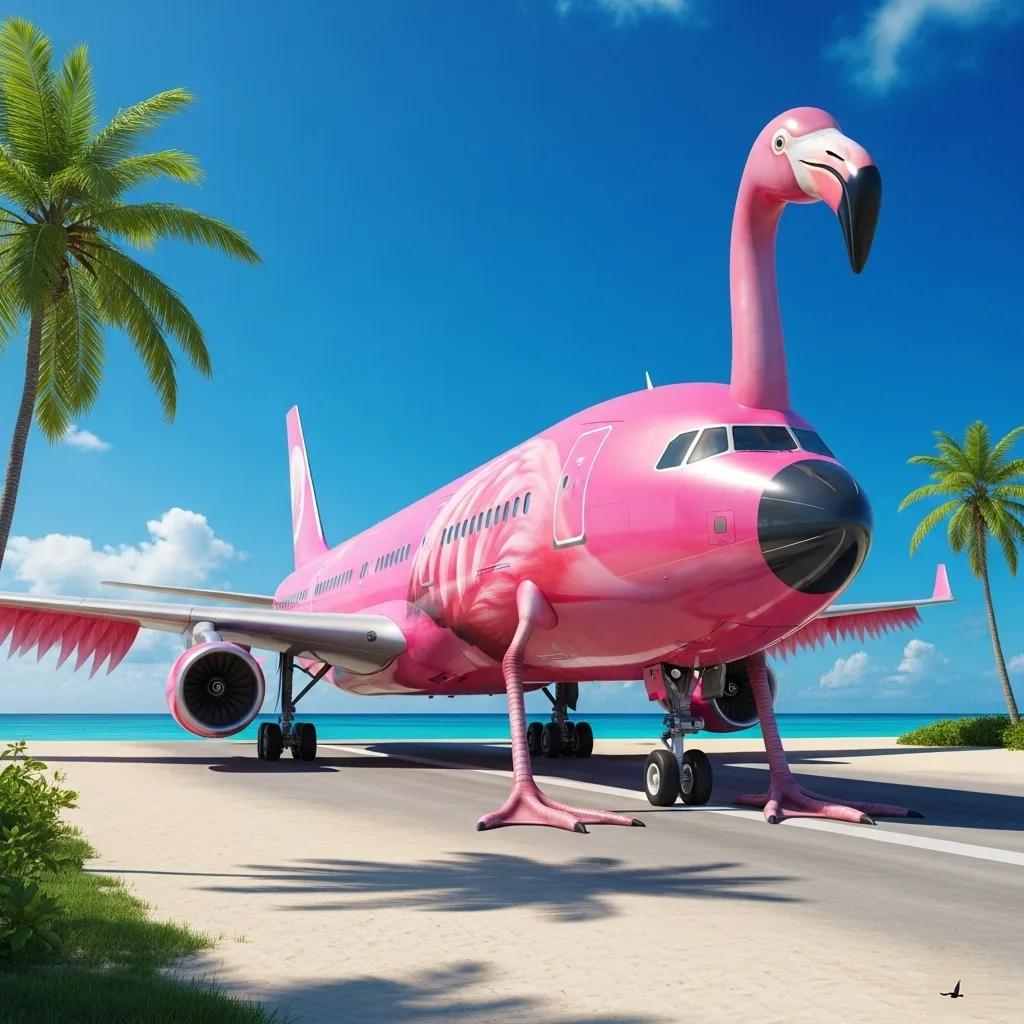
Animal Choices and Their Symbolic Impact
Each animal brings its own symbolic weight, shaping how the jet is perceived by audiences or enemies.
- Eagle: A symbol of vision, dominance, and grace. Eagle-shaped jets emphasize aerial superiority.
- Shark: Known for relentless power and fearlessness. Shark jets often convey aggression and tactical prowess.
- Dragon: Mythical and majestic, dragons symbolize invincibility, power, and mystery.
- Tiger or Panther: Represent stealth, speed, and predatory prowess—often used in ground attack aircraft.
- Beetle or Scarab: In some cultures, these evoke protection, mysticism, or eternal strength.
The choice of animal directly influences the jet’s narrative identity.
The Future of Animal-Inspired Aviation
With advances in materials, 3D printing, and AI-assisted design, animal-shaped jets may become more common and more elaborate.
- Bio-Aerodynamic Research: New studies in bird and insect flight could lead to jets that don’t just look like animals—but perform like them too.
- Modular Aesthetic Panels: Future jets might feature interchangeable animal design modules for shows, branding, or cultural representation.
- Sustainable Design: Designers may turn to nature not only for shape but also for lessons in energy efficiency and environmental harmony.
As designers move toward aircraft that are faster, smarter, and more emotionally engaging, animal inspiration will remain a rich source of creativity.
The Art and Wild Spirit of Flight
Animal-shaped jets embody the thrilling intersection of technology, creativity, and primal power. They remind us that flight isn’t just a technical achievement—it’s a dream rooted in nature, myth, and imagination. Whether used to dazzle air show crowds, symbolize national strength, or celebrate individual expression, these jets transform the skies into a canvas of wild possibility. In a world of identical, utilitarian aircraft, an animal-shaped jet doesn’t just fly—it soars with personality, meaning, and untamed elegance.
